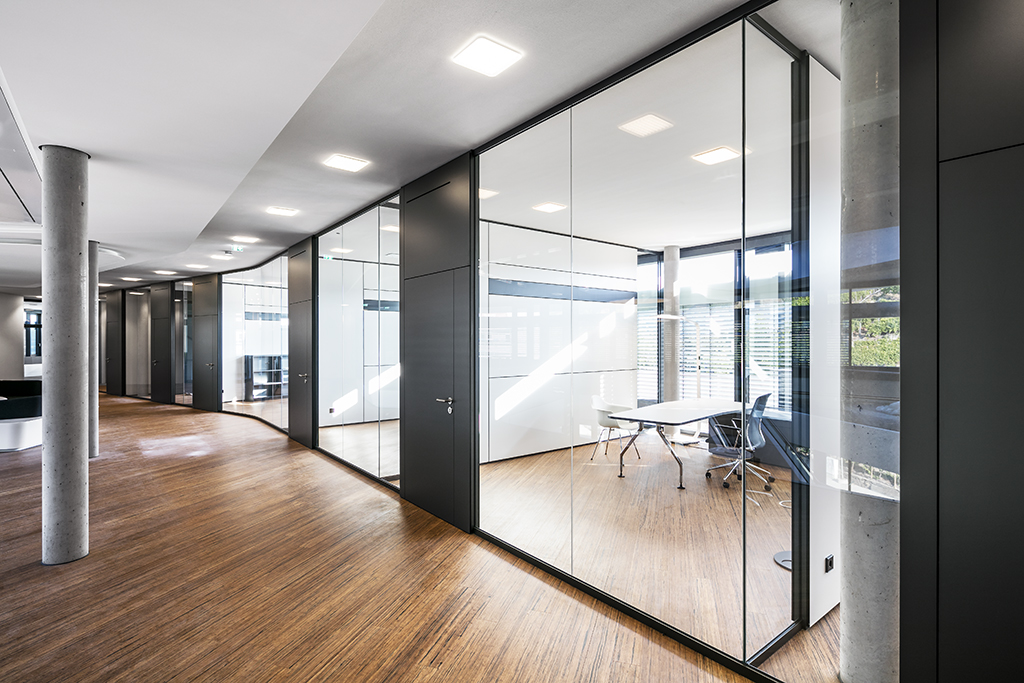ZigBee – Nimbus swarm intelligence
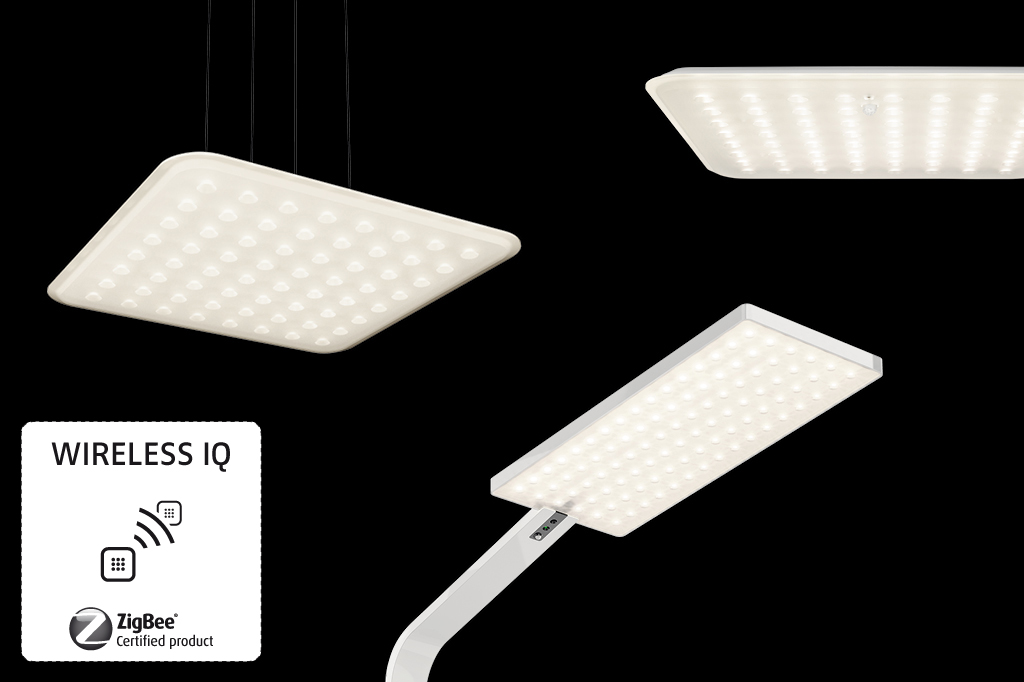
Technology
Our Nimbus LED luminaires can be upgraded to real team players by retrofitting them with ZigBee, thus doing away with the need for complex building management installations. Thanks to the integrated wireless technology and sensor system, our luminaires communicate wirelessly with their neighbouring luminaires and other luminaires in the system (swarm technology).
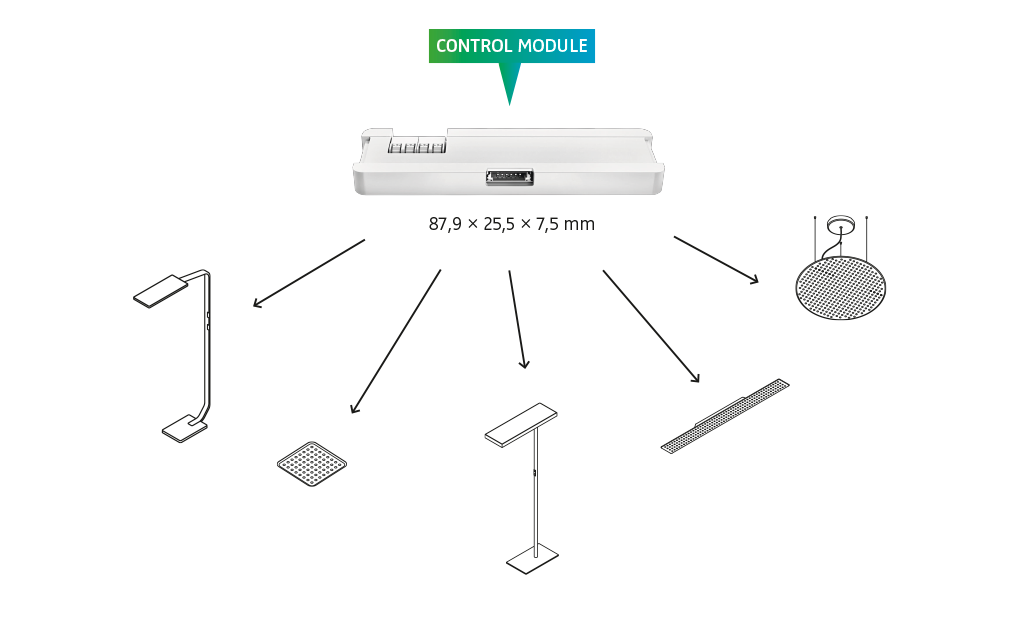
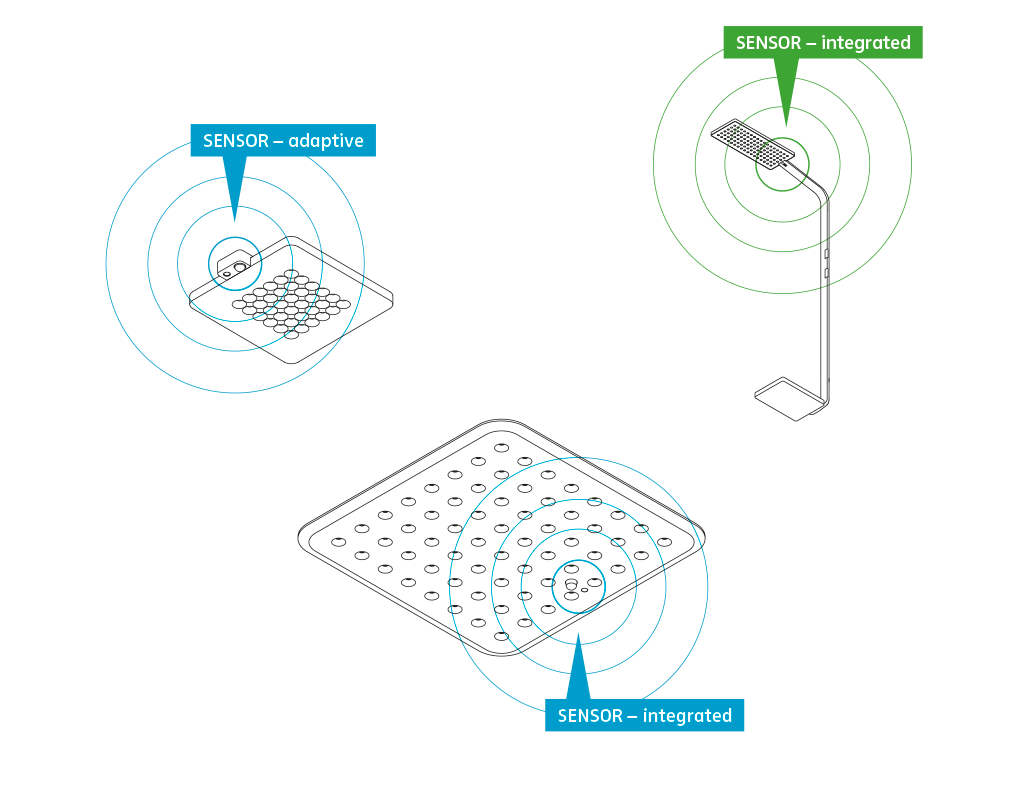
Functions
The lighting network is set up via a user-friendly interface allowing luminaires to be freely configured in lighting groups and scenarios. A Zigbee-ready gateway is required for setting up and regulating the ZigBee lighting control system.
With the new ZigBee light control system, Nimbus luminaires communicate with one another via an integrated radio-based system, detect your presence and measure the ambient light. Thanks to this innovative solution based on Zigbee, the sector standard, it is even possible to manage without a light switch in an office, for example.
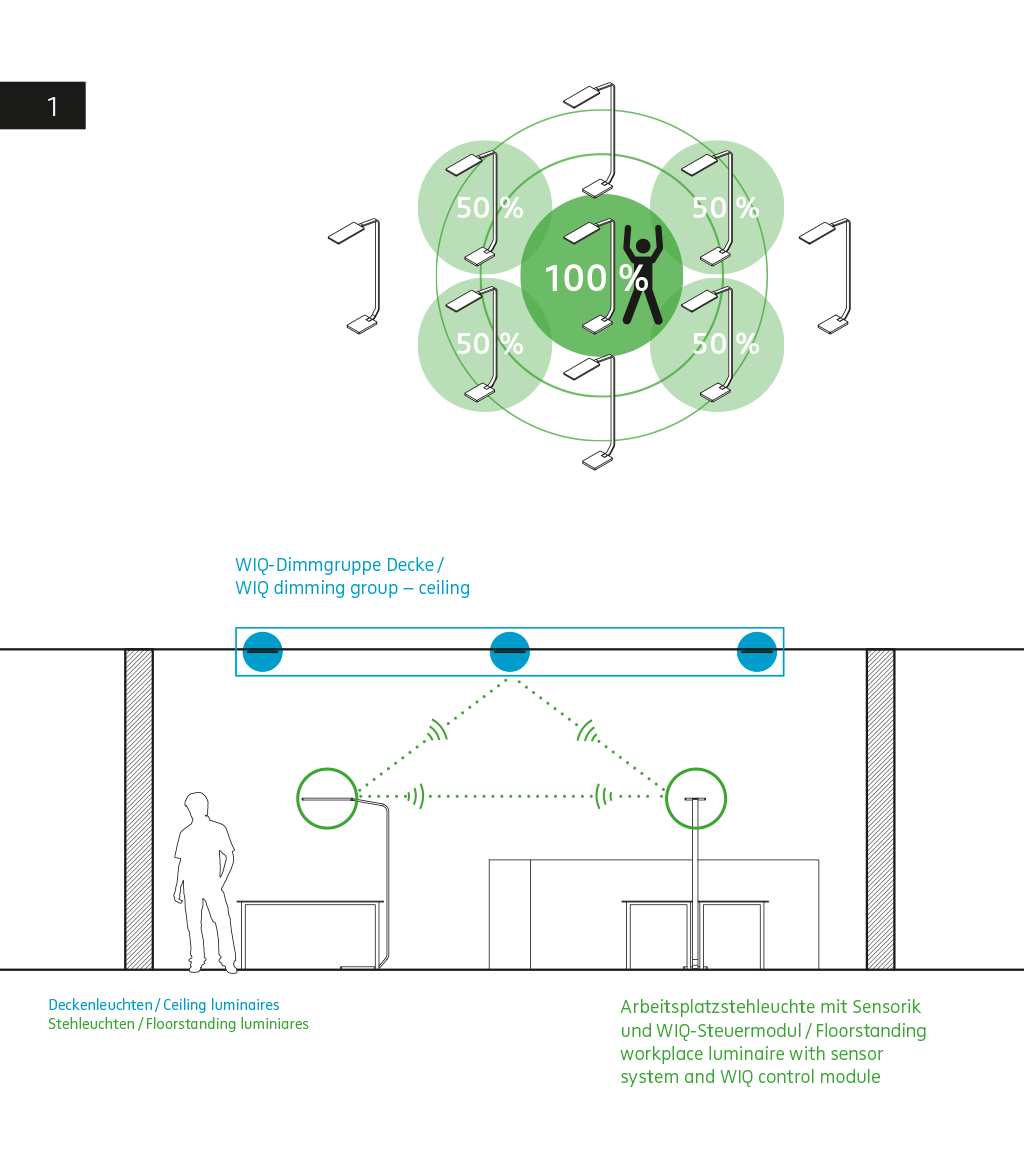
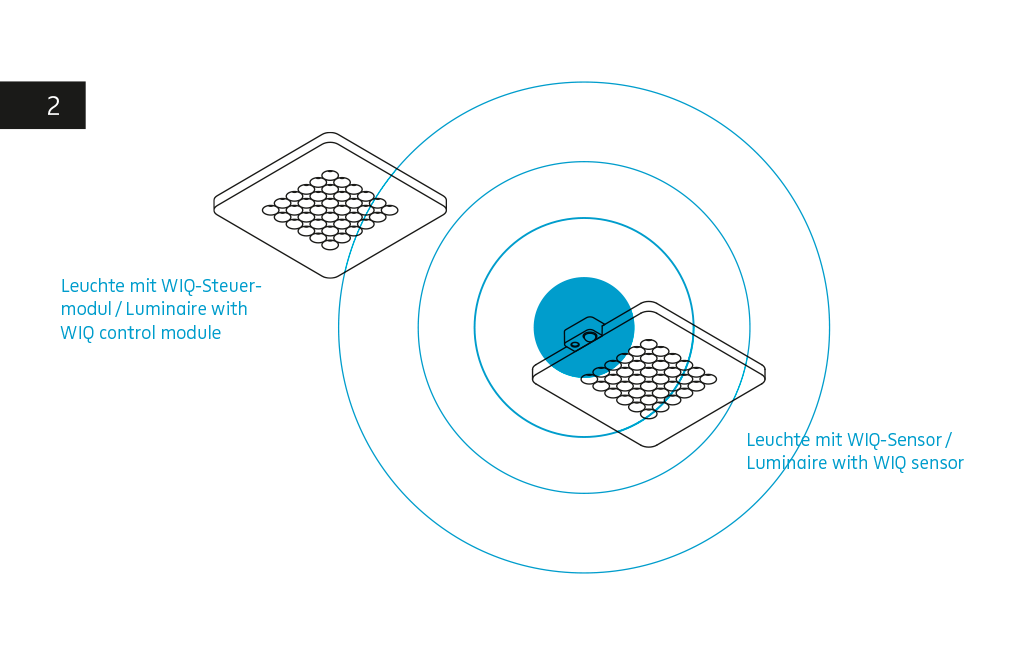
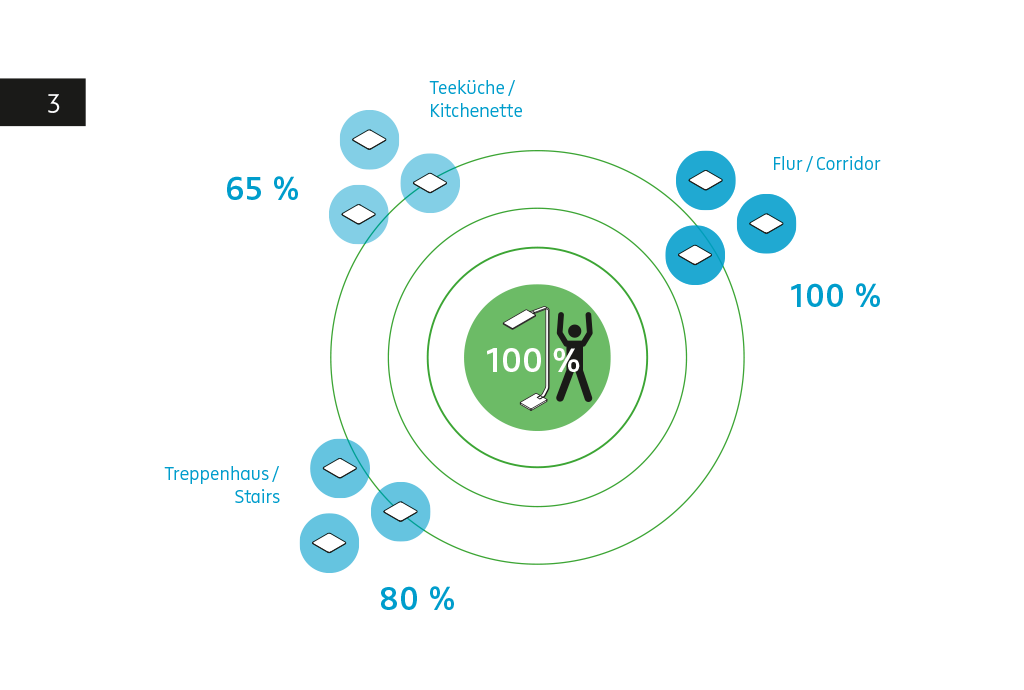
The new ZigBee Teamplayer
Force One / Office Air LED
LED floorstanding workplace luminaires
A floorstanding workplace luminaire like there has never been one before. Its name is just as distinctive as its form: Force One. The decisive innovations with Force One may not be quite so obvious at first glance. However, they become very apparent when the luminaire is used on a daily basis: its head projects an unusually long way across the table's work surface and its base disappears completely under the table.
Less is more. Much more. Since 2009, our Office Air LED has impressed with its discreet and reduced formal idiom. Virtually unchanged in its appearance, we have given the lighting technology inside the Office Air LED a complete workover. The most significant details of the workover are the two separated, capacitive and intuitively operated control units in the column of the luminaire.
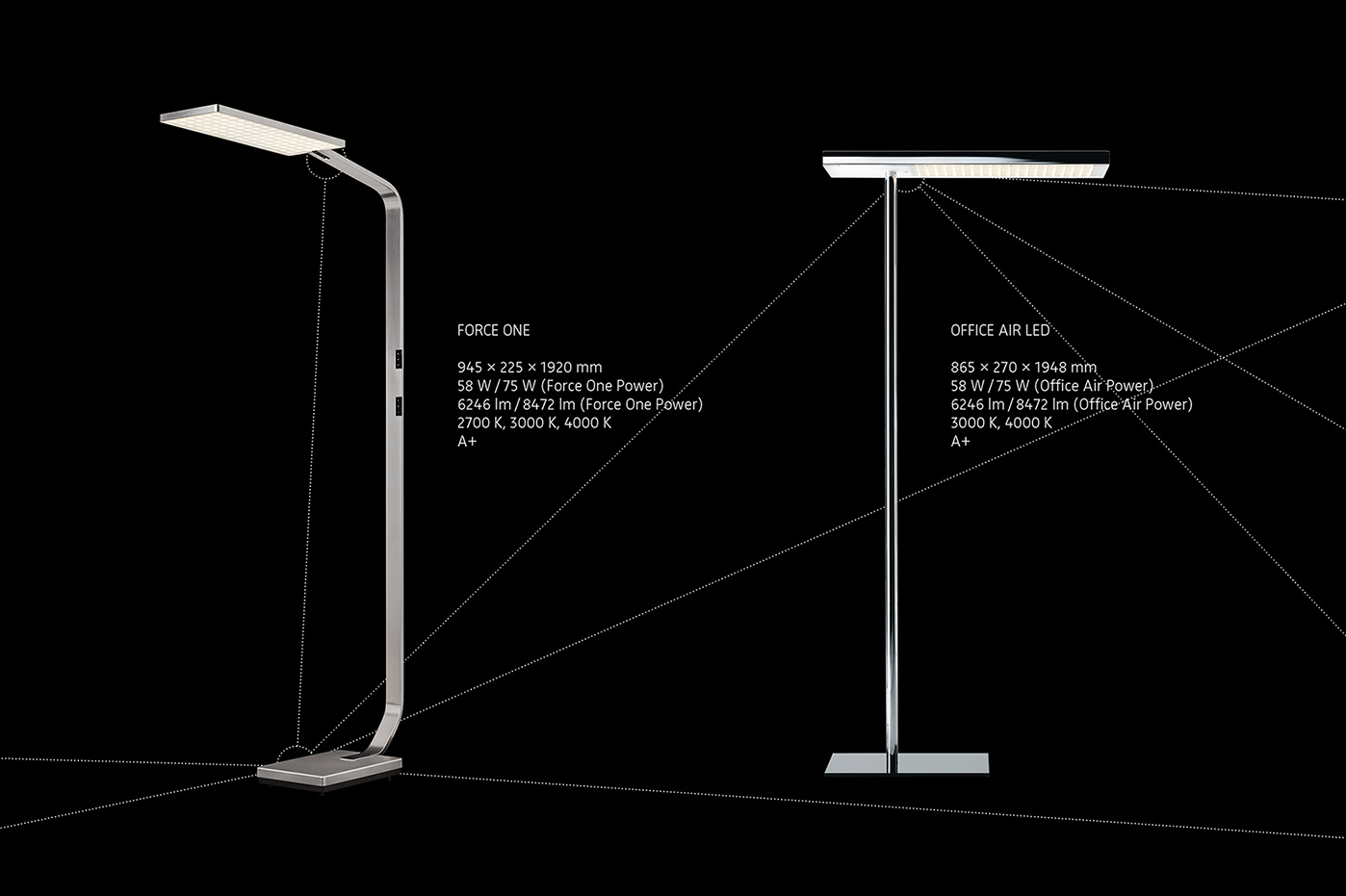
Modul Q Project / Modul R Project
LED ceiling and suspended luminaires
There never has been an alternative to Nimbus luminaires. In order to meet the needs of the project business, the Nimbus engineers have been even more uncompromising in their further development of the new Nimbus Modul Project ceiling and suspended luminaires. A small profile, integrated control systems and faster, optimised installation are the hallmarks of the new luminaires. The new Softlight Diffuser gives the impression of a uniformly glowing disc. Moreover, chamfered edges and wide corner radii lend the luminaries a slim appearance. Their high level of efficiency makes them a veritable canopy of light.
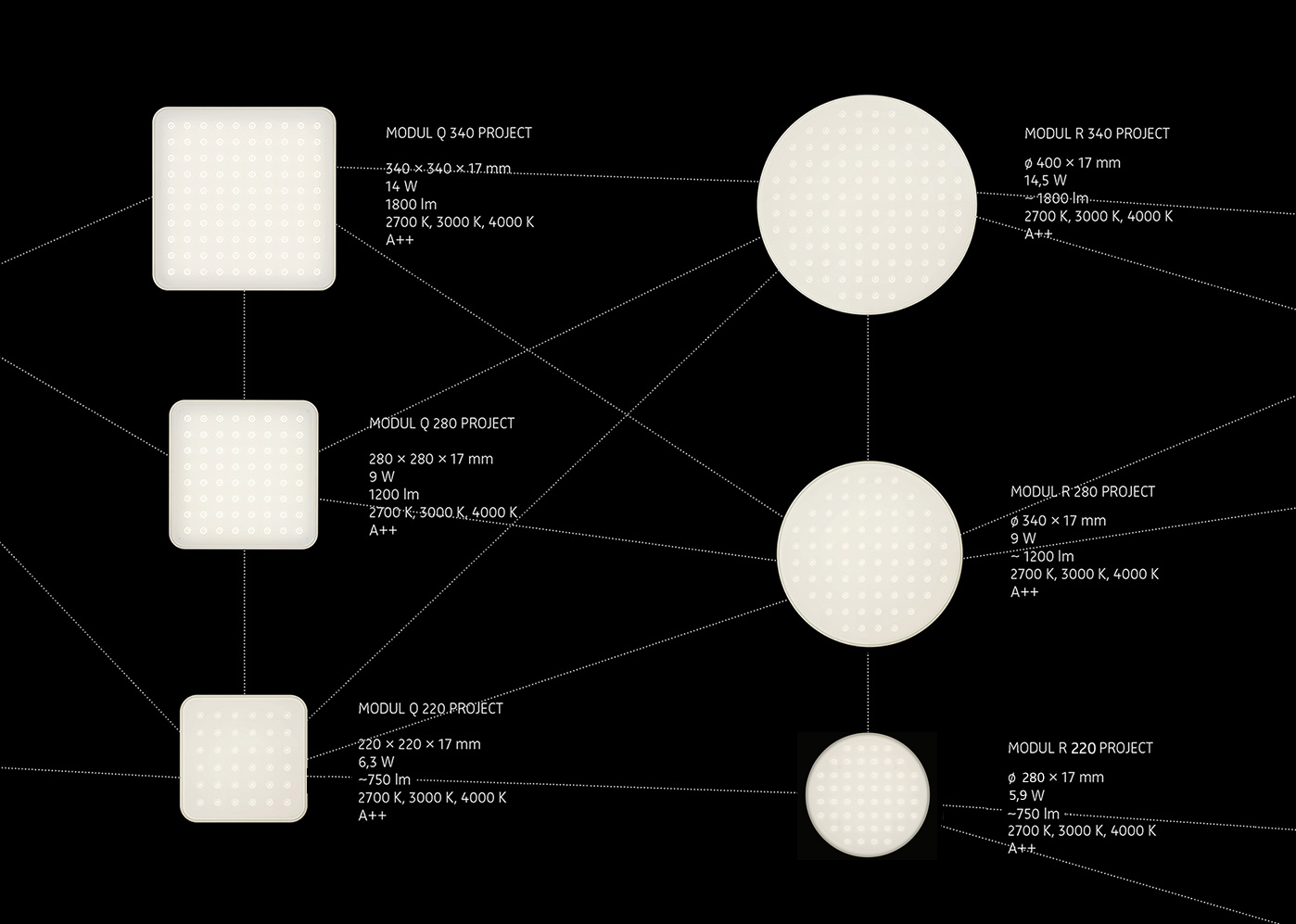
Modul L / Modul L Sequence
LED luminaire system
A line of light, hovering in space – that was the requirement. The Modul L family is our answer. Translucent acrylic glass and an aluminium housing – that's all these 18-mm-high luminaires need. An even slimmer version, the Modul L 96 Slim, has recently joined the family. The Modul L 96 Slim luminaires too can be joined together to form strips of light up to 9 metres in length. Instead of integrating installation channels inside fireproof ceilings, Modul L 96 Slim surface-mounted luminaires can be installed beneath the closed ceiling and then precisely and easily positioned by means of a magnetic fastening system.
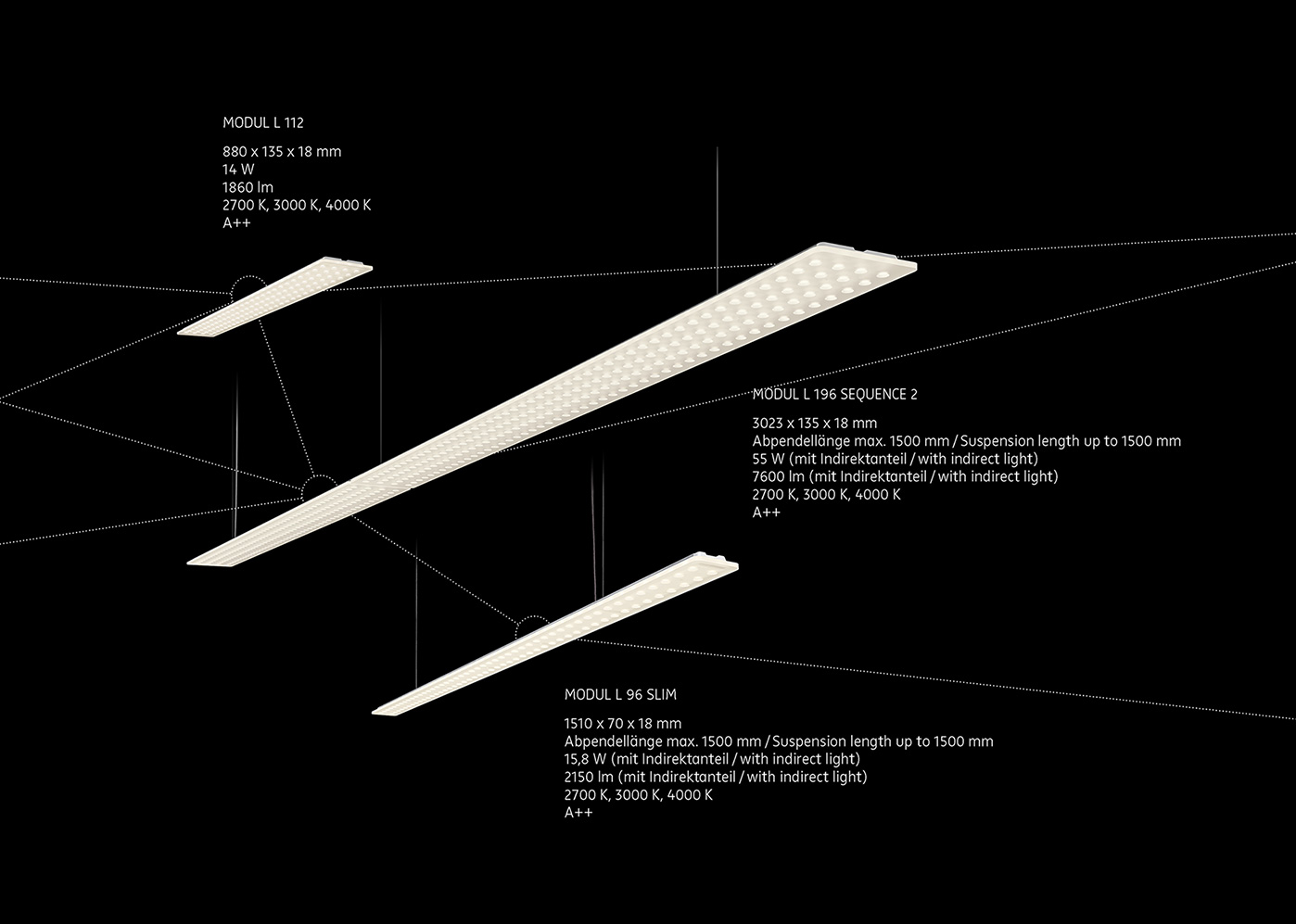
Benefits of the ZigBee solution for your smart building
- Both Nimbus floorstanding and ceiling luminaires can be integrated in a Nimbus ZigBee light network.
- ZigBee technology is based on a cross-manufacturer transmission standard – i.e. Nimbus luminaires can also be used in wireless light management systems from other manufacturers such as Osram, Ubisys or Homee.
- Combination with other areas of building automation such as air conditioning, security surveillance or shading control is also possible with ZigBee.
- The ZigBee technology requires no control cable (as is the case with a DALI solution for example) but communicates wirelessly and forms a mesh network. The system can be set up across rooms or storeys – in both new-builds and existing buildings.
- The programming of various light groups, light scenarios or of time-dependent events can be adapted to individual requirements.
- Both automatic and scenario modes (e.g. event mode, light for guidance) can be realised.
Our reference project with ZigBee
A switch is not absolutely necessary to light up a room. It is perfectly possible without – as Nimbus demonstrates in the new building of the Neckar-Fils regional arm of the Südwestmetall employers' association in Esslingen. The light activates itself autonomously – but only when necessary – in this markedly transparent building with its sweeping form.
Read on...
